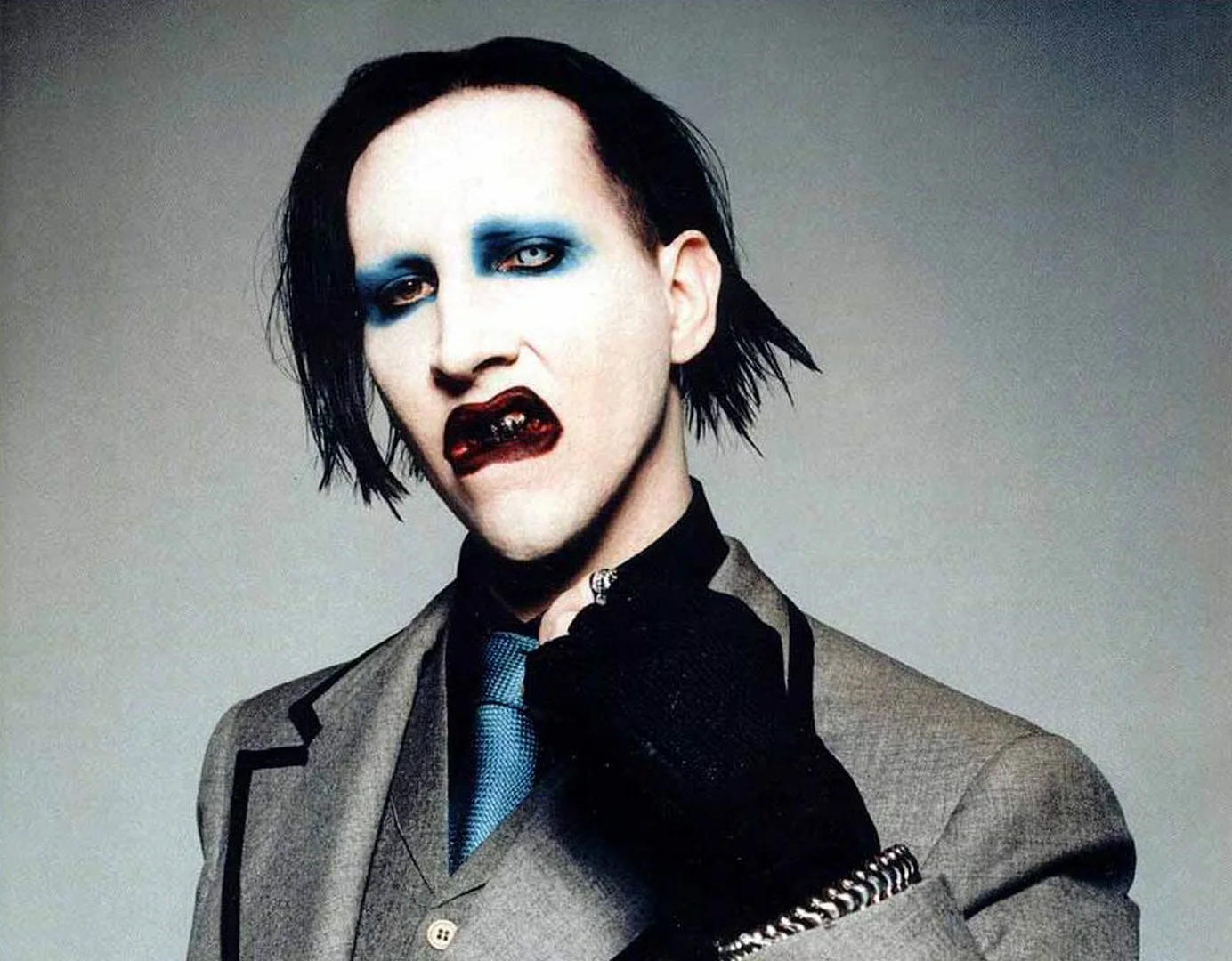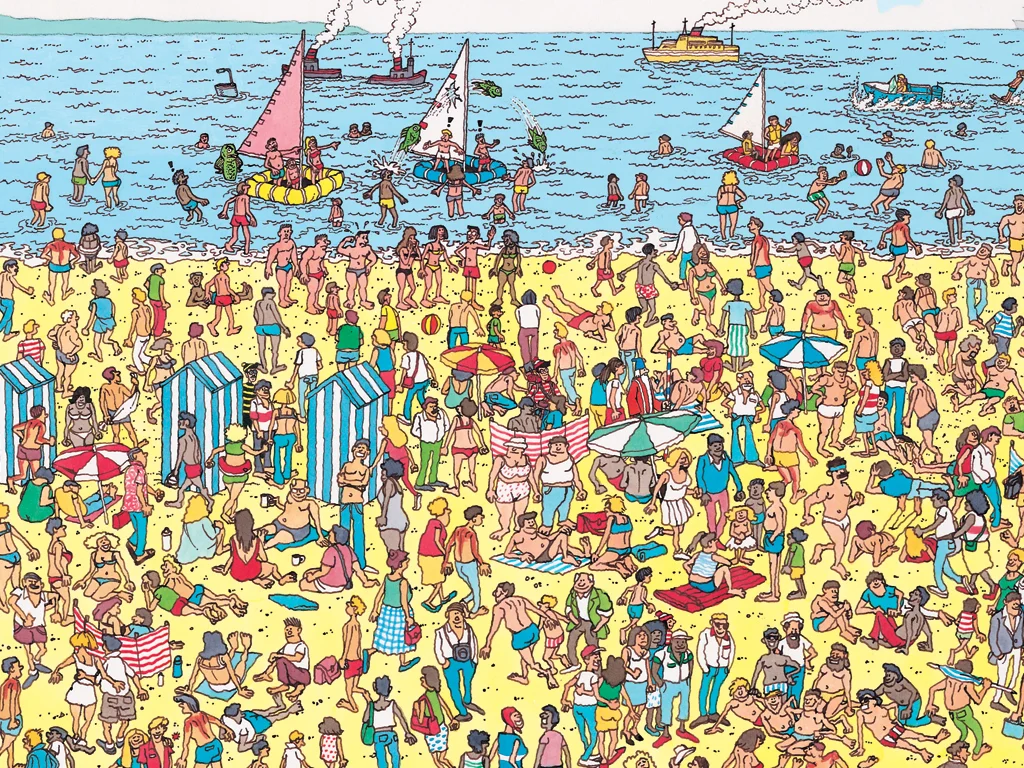By The Landlord
“Honour thy error as a hidden intention.” – Brian Eno
“Meaning and reality were not hidden somewhere behind things, they were in them, in all of them.” Hermann Hesse
“I love you like the plant that does not bloom / and carries in itself, hidden, the light of those flowers,” – Pablo Neruda, 100 Love Sonnets
“Where’s Wally?” – Martin Handford
We love to hide things. Perhaps humans are part-squirrel, burying away that prized possession, in order to make it more special. Perhaps that might be a love note, or the emergency money in the jamjar, or under the mattress, that stash of cash or hash, but more often it is feelings, or ideas, or love we've got to hide away, rather than nuts or, as is traditional at Easter, chocolate eggs. But what is this week’s special Easter topic all about? Perhaps at first it seems to be something like this:
Easter egg songs aren't usually made of chocolate
But that’s simply too literal. It's less about chocolate eggs, more about hidden elements. COuld it be the musical equivalent, inside albums, of the traditional spot-the-ball competition?
Spot the ball … ?
But this is not to be confused with footballer Vinnie Jones and Paul Gascoigne, back in the day, indulging in a different form of ball play:
Or … grab the ball? Vinnie and Gazza indulging in some alternative off-the-ball bollocks
But I digress. What we seek this week could be even tastier and far more rewarding than chocolate, and definitely less painful than going head to head with Vinne Jones. This week it’s all about hidden songs, also known as Easter eggs, or secret or ghost tracks. In the digital download age, it is perhaps arguable that they are harder to hide, and easier to source, because hidden tracks have traditionally been squirrelled away on to vinyl, CDs, cassettes or other hard formats. How? Most commonly, after a period of silence at the end of the album, an unlisted track suddenly plays, illicit, strange, counterintuitive, perhaps with strange or controversial material or hidden meanings. Jarvis Cocker has done this on a solo album, and let’s be clear about this, girls and boys, the message still applies today, more than ever …
Nirvana ... hiding an Easter egg on Nevermind
That’s a heavy enough clue, and there are many more besides. Nirvana also recorded a seemingly endless, nameless track at the end of 1991’s Nevermind, but only on the CD version. Sneaky. Even more devious, Marilyn Manson has a hidden track on his Mechanical Animals album, though you can only access it on an enhanced CD and only when played on a computer. But some hidden tracks have become hit singles. The Eels album Daisies of the Galaxy contains Mr. E's Beautiful Blues, which was played on the radio and was a no 11 hit in the UK.
Marilyn Manson: likes to hide a few surprises
Manson is associated with subversive, controversial material, and often hidden tracks contain hidden messages, or material playing backwards, with words rumoured to be associated with Satan or devil worship, but those clever Glaswegian post-punk artists Franz Ferdinand created a track in which the hidden track message reversed the evil – “Call your mother”, it said, in a way to counteract touring homesickness. Can anyone find it?
Another mischievous method is the double-groove vinyl, where quite by accident, depending on where the needle drops, an entirely different track, or tracks, will appear. Jack White has done this on the vinyl version of his Lazaretto album, in which an acoustic version is available to the original if you place the arm correctly. But perhaps the first and most famous is that mischievous work by the superbly silly Monty Python crew. Has anyone seen what happens when you play one side of this record, Matching Tie and Handkerchief, on your turntable? Which might you get, tie or handkerchief?
Monty Python. Where's the needle going to drop?
Another secretion method is the “pre-gap” of the first track on a CD. Cue to track 1, but then rewind. Sneaky egg songs of this come on many albums. Super Furry Animals sneaked in The Citizen’s Band on their album Guerilla, for example, and there are many more besides. Some artists have even used a multiple series of short tracks of silence to mask a hidden track, for example, Bowling for Soup's Drunk Enough to Dance, Track 28, Belgium. Track 99, also known as "Untitled" "Untitled Ghost Track" or "Empty Sounds of Hate", came from Marilyn Manson’s 1996 album Antichrist Superstar. It is separated by 82 silent tracks that are around 4 seconds long following the final song on the album, Man That You Fear. But hidden tracks are nothing new. The Beatles also have an unlisted track on Abbey Road …
Where's the hidden track? Between Paul's toes?
Some tracks, more rarely appear as production mistakes, or are missed off earlier album versions for creative reasons or lack of space. The Clash and The Jam both did this with London Calling and All Mod Cons.
Yet Easter eggs come in many other forms of creativity, in films, books, cartoons and even software, ranging from the clever and sneaky too downright self-indulgent and geeky. They are particularly beloved of computer game creators and programmers. The very early 1987 Apple Macintosh SE computer rather vainly contains four pictures of its engineering team on the ROM. Well, I'm sure that was fun for them, but who really cares?
But in films, hidden Easter eggs of reference can vary from the absurdly obscure to the inventive and funny. In David Fincher’s Fight Club, which plays upon the subversive, including how alter ego character Tyler Durden, played by Brad Pitt, inserts pictures of male genitals into films when he works in the projection room of a cinema. But rumour has it that there is a corporate parody by showing a Starbucks coffee cup in every scene of the entire film. But perhaps the first rule of Fight Club is, we should not talk about this.
In the trailer to the alternative superhero film Deadpool, the names of the co-creators appear on street signs. Way to go. It is a witty film, for sure. But perhaps much more fun is the animated masterpiece, Toy Story, that includes multiple hidden references and nods to that horror masterpiece, The Shining:
Carpets and much more. The Shining and Toy Story
Alfred Hitchcock made many a low key, and brief cameo on many of his films. Yet Easter eggs inserted in some movies can be even more bizarre. Many of us will be familiar with the Where’s Wally? (Where’s Waldo? in the US) children’s books by Martin Handford, the fun exercise in spotting the hidden man with the stripy clothes.
Where's Wally?
But yet, in Mel Gibson’s extremely gory, and some say racially dubious portrayal of the decline of the Mayan civilisation, in his film Apocalypto, there is a split-second appearance of Wally, or Waldo, in a stinking pile of corpses:
I hope though, that your discoveries will mostly be far sweeter and tastier. Dig deep, and place your finds in the comments below. This week's egg hunt aficionado, and head of the hidden track will be the masterful Maki. Deadline? Monday evening 11pm UK time, unless otherwise called, in time for results published next Wednesday. Happy Easter everyone!
New to comment? It is quick and easy. You just need to login to Disqus once. All is explained in About/FAQs ...
Fancy a turn behind the pumps at The Song Bar? Care to choose a playlist from songs nominated and write something about it? Then feel free to contact The Song Bar here, or try the usual email address.










